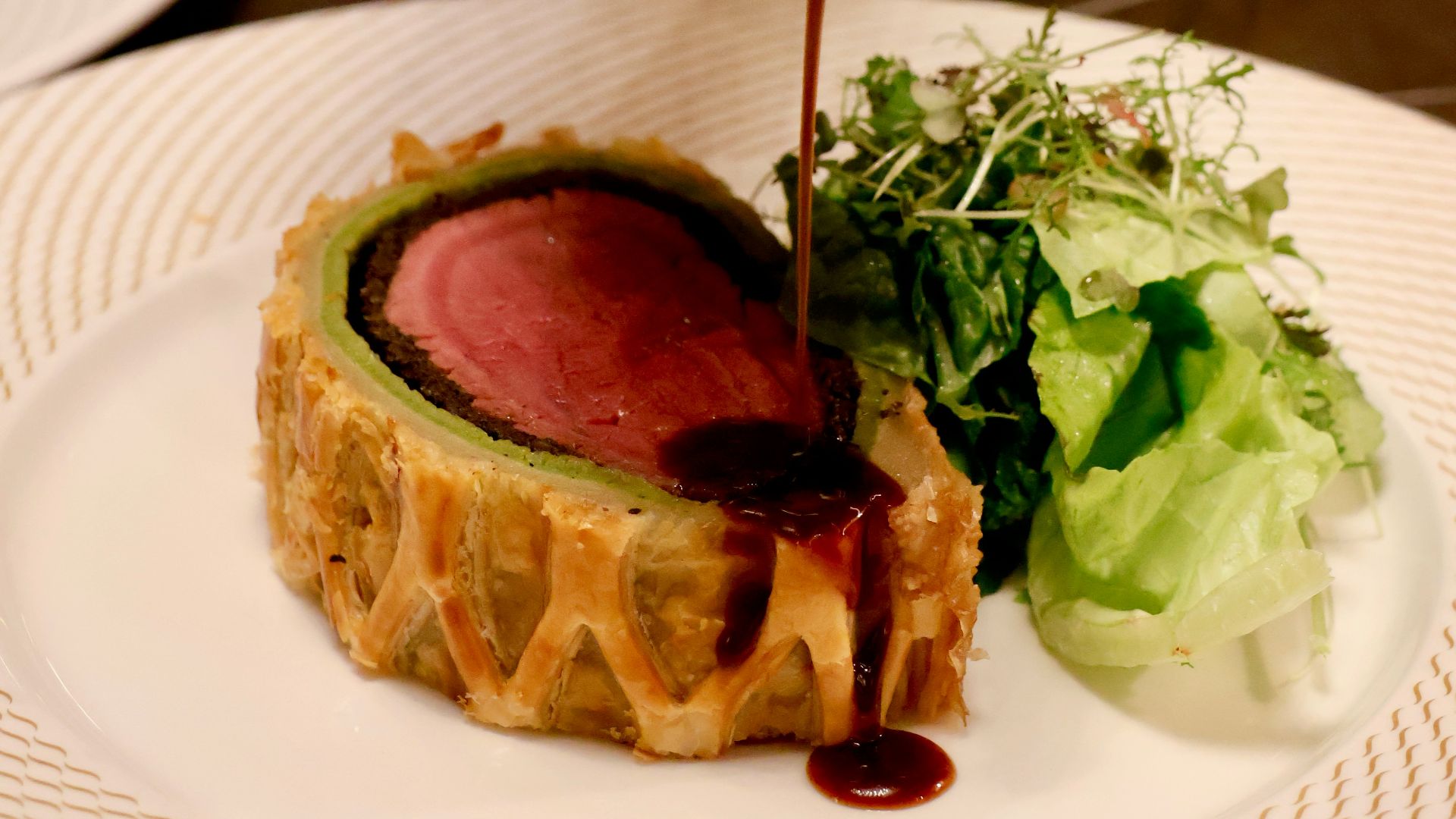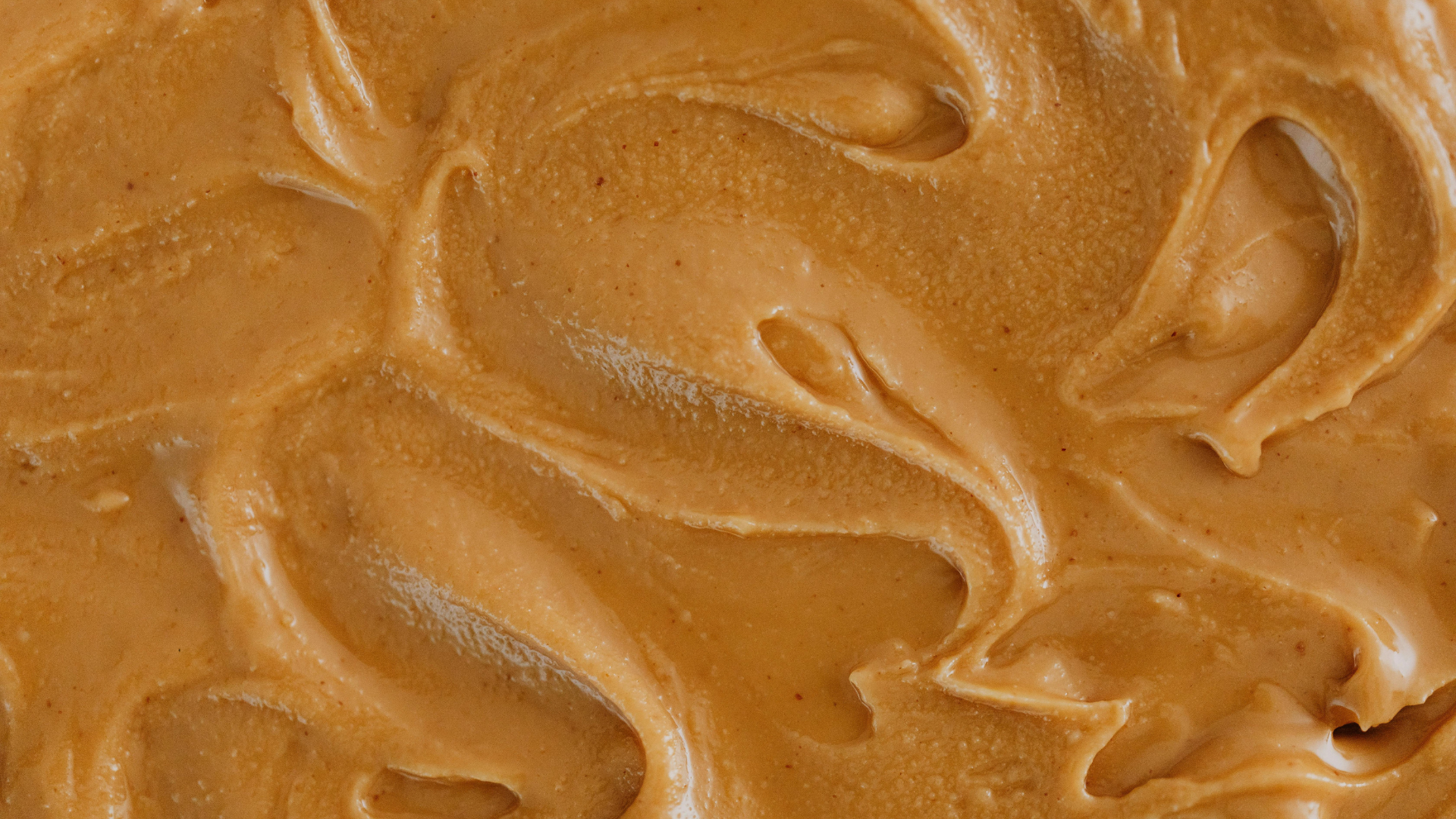Beef Wellingtons Have Been Around Long Before Gordon Ramsay—Here's The History Behind This British Classic
Beef Wellingtons Have Been Around Long Before Gordon Ramsay—Here's The History Behind This British Classic
Beef Wellington has a way of stopping you in your tracks. The crackle of puff pastry, the deep scent of seared beef, the earthy punch of mushrooms cooking down to a dark paste—your senses know they’re in for something worth lingering over.
Gordon Ramsay may have turned it into a modern pressure test, but the dish didn’t start in his kitchen. The story goes back far earlier than the heat of reality TV, and if you’re hungry for a bit of culinary history, this is the one to dig into.
How A French Technique Became A British Signature
The earliest roots of Beef Wellington reach into French kitchens, where cooks in the post-Napoleonic era of the early 1800s were already wrapping beef fillets in pastry to create filet de boeuf en croûte. The method was simple but showy: seal in the juices, bake until the crust turns golden, and slice to reveal rosy meat surrounded by rich, savory duxelles.
British cooks, though, had been baking meats in pastry long before that. Recipes from the 1600s describe hearty beef and venison sealed in pastry “coffins,” a practice that turned sturdy dough into both container and insulation. Those older traditions sat quietly in the background while the French technique took shape, eventually blending into something neither side can fully claim.
Breadcrumbs In Old Menus And Cookbooks
Move forward a few decades, and a trail of scattered menu entries begins to appear. A ship from the Hamburg–America Line listed beef “à la Wellington” in 1899. An American newspaper referenced the dish in 1903. A Polish cookbook printed “beef fillet à la Wellington” in 1910, complete with mushroom duxelles, puff pastry, and a rich Madeira sauce. That last version hints that the dish had already made its way into the grand kitchens of central Europe, where court-trained chefs likely carried it from city to city.
English-language recipes didn’t show up in print until the late 1930s, when a Chicago hotel chef published a version that looks strikingly like what people bake today. By then, the name had fully stuck. Some writers even joked that the loaf resembled the Duke’s famous boots, shiny and high-topped, which only made the nickname easier to remember.
This growing recognition opened the door for transatlantic fame. Mid-century American dining embraced the Wellington as a showstopping centerpiece, something you’d slice at the table so the aroma of beef, wine, and butter could drift through the room.
How Modern TV Revived An Old Star
 Leon Brocard from London, UK on Wikimedia
Leon Brocard from London, UK on Wikimedia
Decades later, television delivered a second life. Julia Child demonstrated a French-leaning version in the 1960s, making it feel ambitious but attainable. Then Gordon Ramsay arrived and turned the Wellington into a signature challenge. Watching contestants sweat over perfect pastry and evenly pink centers made viewers curious, and that curiosity sent the dish back into everyday kitchens.
Despite all its twists, the charm remains the same. And now that you know where it truly comes from, you might eye the next slice a little differently—and maybe even try making one at home.
KEEP ON READING

The One Spice You Should Be Using Every Day







